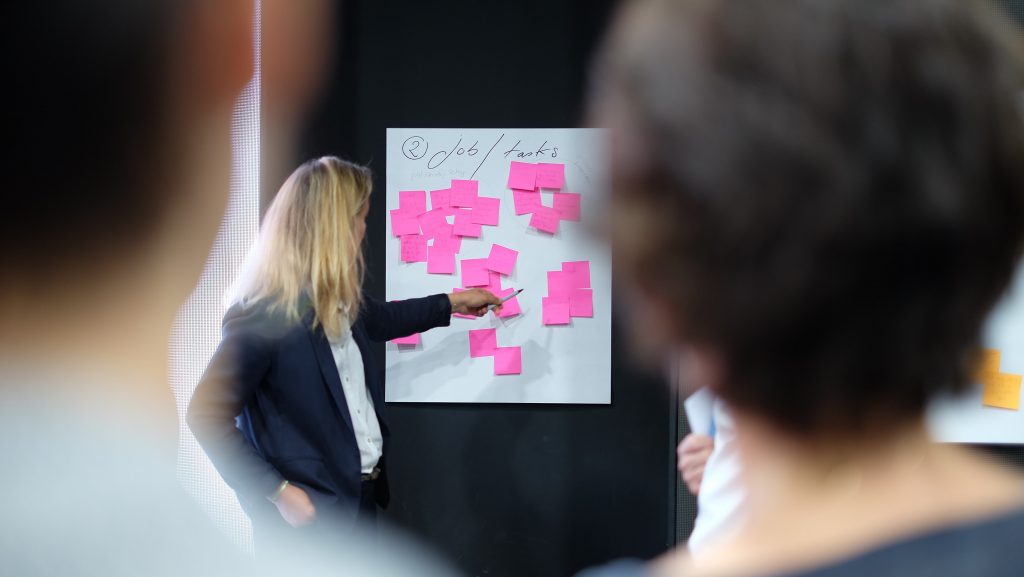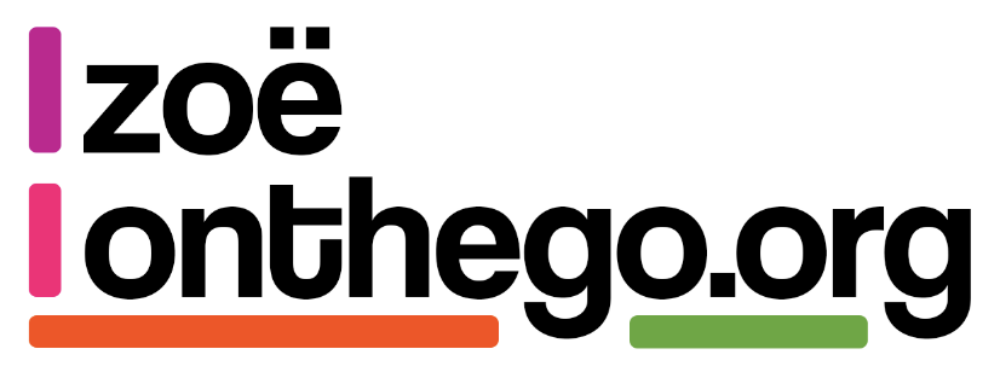What do we even mean when we talk about agile at scale and what are the most important elements to consider when trying to run agile at scale?
This is definitely one of those topics of conversation that goes around and around and never seems to get resolved or go away. What do we even mean when we talk about agile at scale? Do we mean scaling agile within a programme setting across multiple teams? Do we mean scaling it across multiple programmes? Or do we mean scaling it using it at scale within a whole organisation?
When ever I’m asked about what I believe to be the most important elements in enabling successful delivery using agile, or using agile at scale, the number one thing I will always talk about isn’t the technology; It isn’t digital capability; or experience with the latest agile ways of working (although all those things are important and do obviously help) it’s the culture.

I’ve blogged before on how to change a culture and why it’s important to remember cultural change alongside business transformation; but more and more, especially when we’re talking about agile at scale I’ve come to the conclusion that the culture of an organisation; and most especially the buy in and support for agile ways of working at a leadership level within an organisation, is the must fundamental element of being able to successfully scale agile.
Agile its self is sadly still one of those terms that is actually very marmite for some, especially in the senior leadership layers. They’ve seen agile projects fail; it seems like too much change for too little return, or its just something their digital/tech teams ‘do’ that they don’t feel the need to really engage with. GDS tells them they have to use it, so they do.
Which is where I think many of the agile at scale conversations stumble; it’s seen as a digital/tech problem, not an organisational one. This means that time and again, Service Owners, Programme Directors and agile delivery teams get stuck when trying to develop and get support for business cases that are trying to deliver holistic and meaningful change. We see it again and again. Agile delivery runs into waterfall funding and governance and gets stuck.
As a Service Owner or Programme Director trying to deliver a holistic service, how do you quantify in your business case the value this service and this approach to delivery will add? The obvious answer, hopefully, is using data and evidence to show the potential areas for investment and value it would add to both users and the business. But how do you get that data? Where from? How do you get senior leaders to understand it?

In organisations where agile at scale is a new concept, supporting senior leaders to understand why this matters isn’t easy. I often try and recommend new CDO’s, CEO’s or Chief Execs ‘buddy up’ or shadow some other senior folks who have been through this journey; folks like Darren Curry, Janet Hughes, Tom Read and Neil Couling; who understand why it matters, and have been through (or are going through) this journey themselves in their organisations and are able to share their experiences for both good and bad.
I will always give full praise to Alan Eccles CBE who was previously The Public Guardian, and chief exec of the Office of the Public Guardian, with out whom the first Digital Exemplar, the LPA online, would never have gone live. Alan was always very honest that he wasn’t experienced or knowledgeable about agile or digital, but he was fully committed to making the OPG the first true Digital exemplar Agency; and utilising everything digital, and agile ways of working, had to offer to transform the culture of the OPG and the services they delivered. If you want an example of what a true Digital culture looks like, and how vocal and committed Alan was to making the OPG digital, just take a look at their blog which goes all the way back to 2015 and maps the OPG’s digital journey.
Obviously, culture isn’t the only important factor when wanting to scale agile; the technology we use, the infrastructure and architecture we design and have in place, the skills of our people, the size of our teams and their capacity to deliver are also all important. But without the culture that encompasses and supports the teams, the ability to deliver at scale will always be a struggle.
The commitment to change, to embracing the possibilities and options that a digital culture and using agile at scale brings at the senior leadership level permeates through the rest of the organisation. It encourages teams to work in the open, fostering collaboration, identifying common components and dependancies. It acknowledges that failure is ok, as long as we’re sharing the lessons we’ve learned and are constantly improving. It supports true multidisciplinary working and enables holistic service design by encouraging policy, operations and finance colleagues etc to be part of the delivery teams. All of this in turn improves decision making and increases the speed and success of transformation programmes. Ultimately it empowers teams to work together to deliver; and that is how we scale agile.


